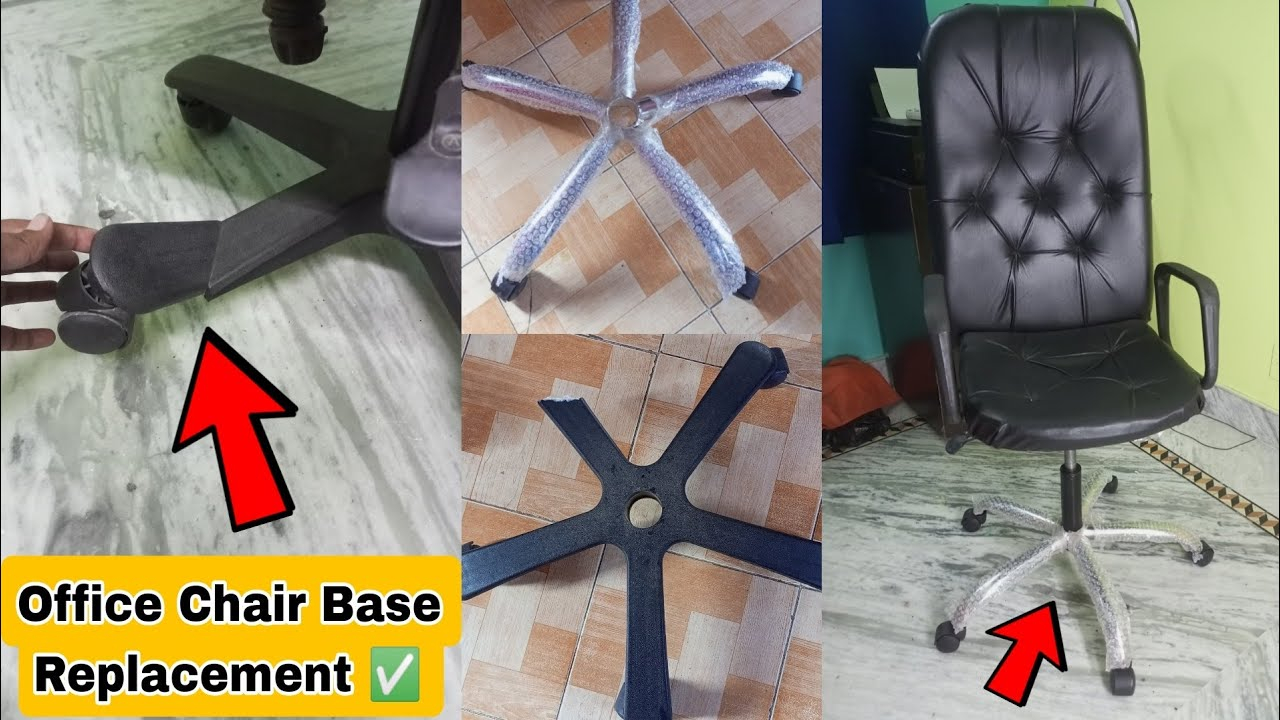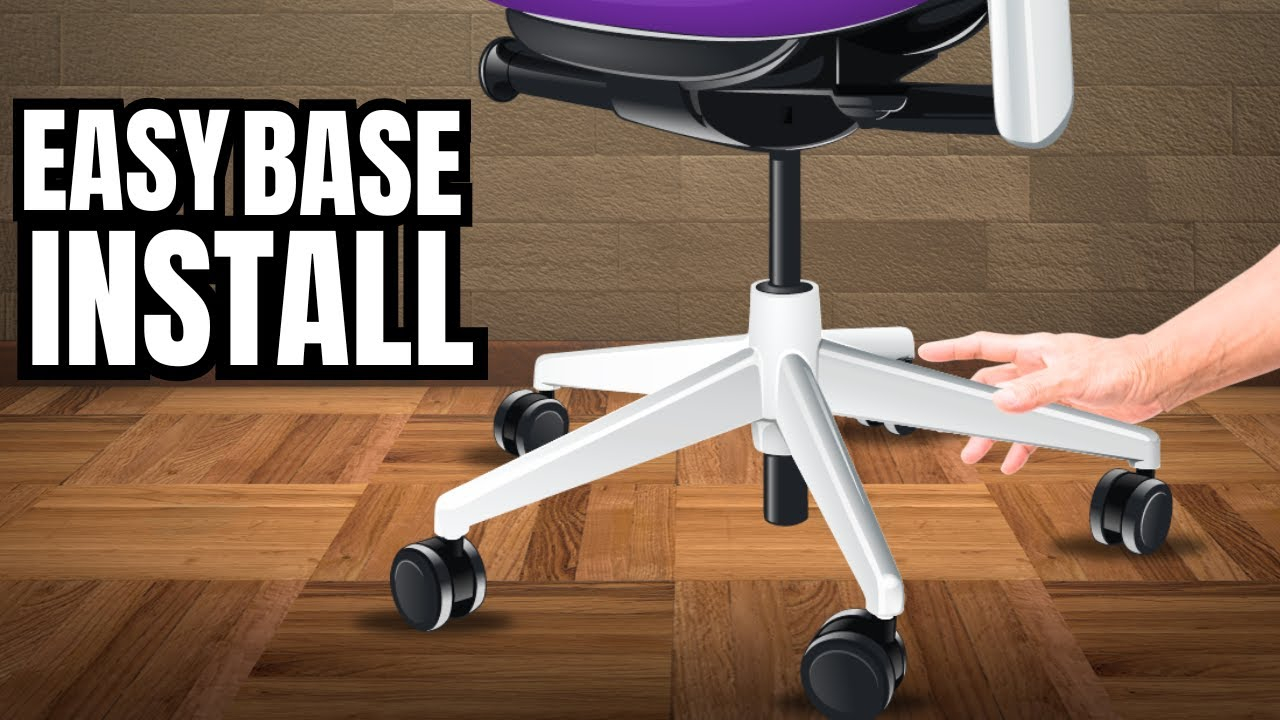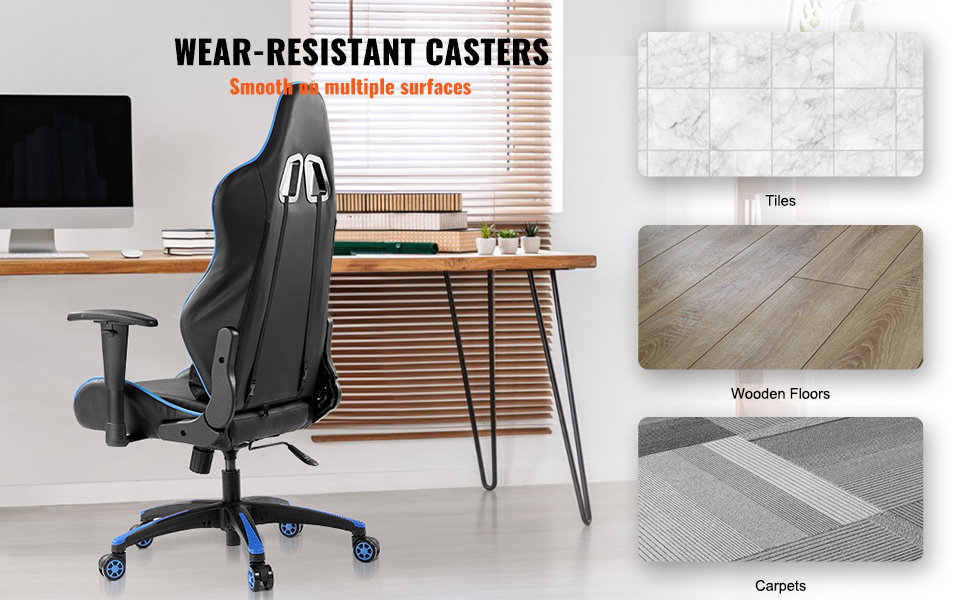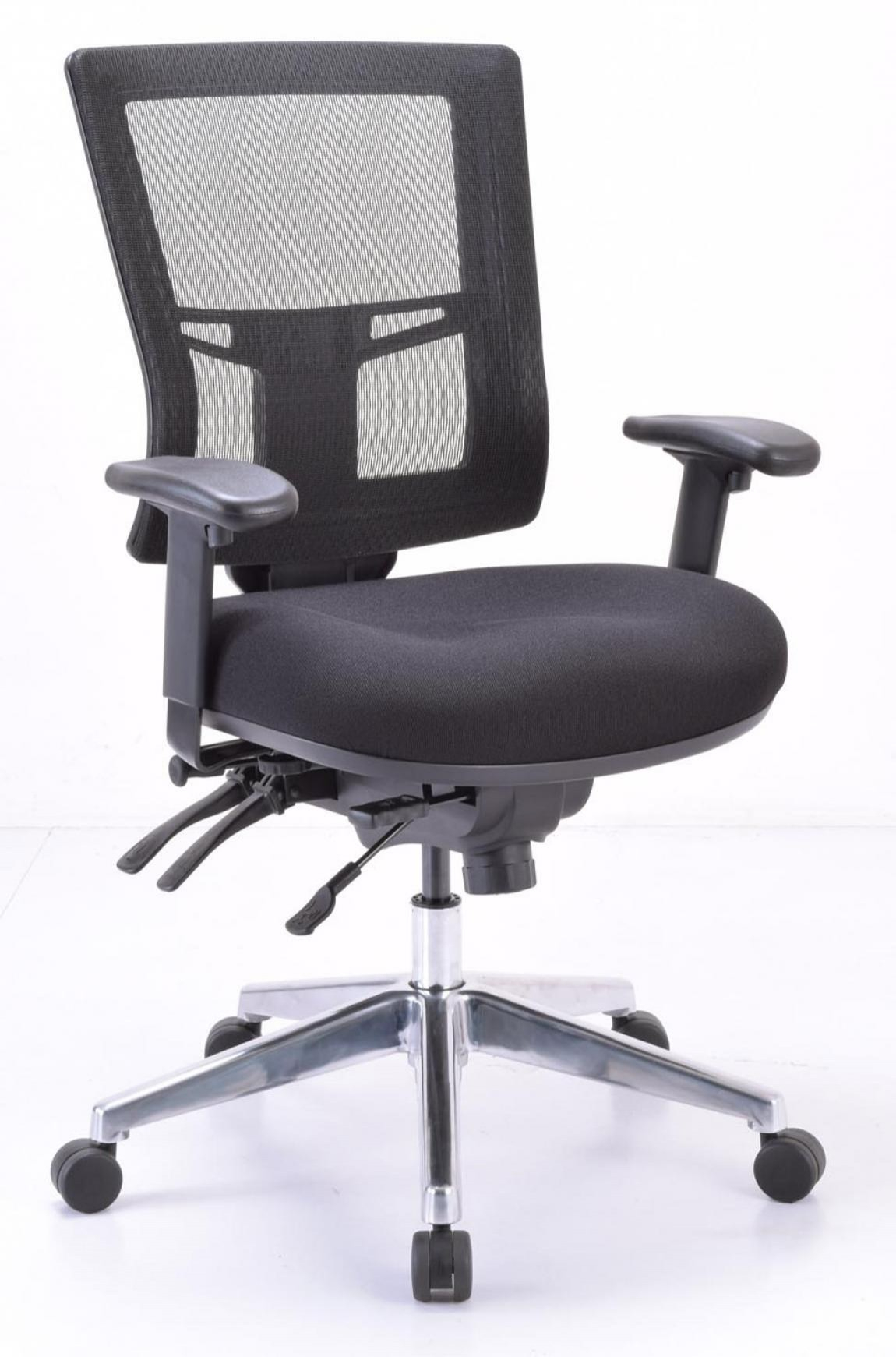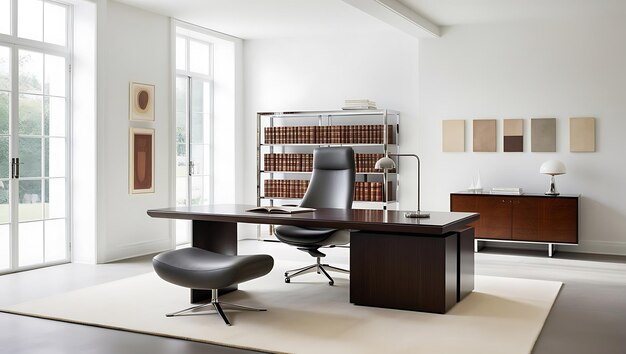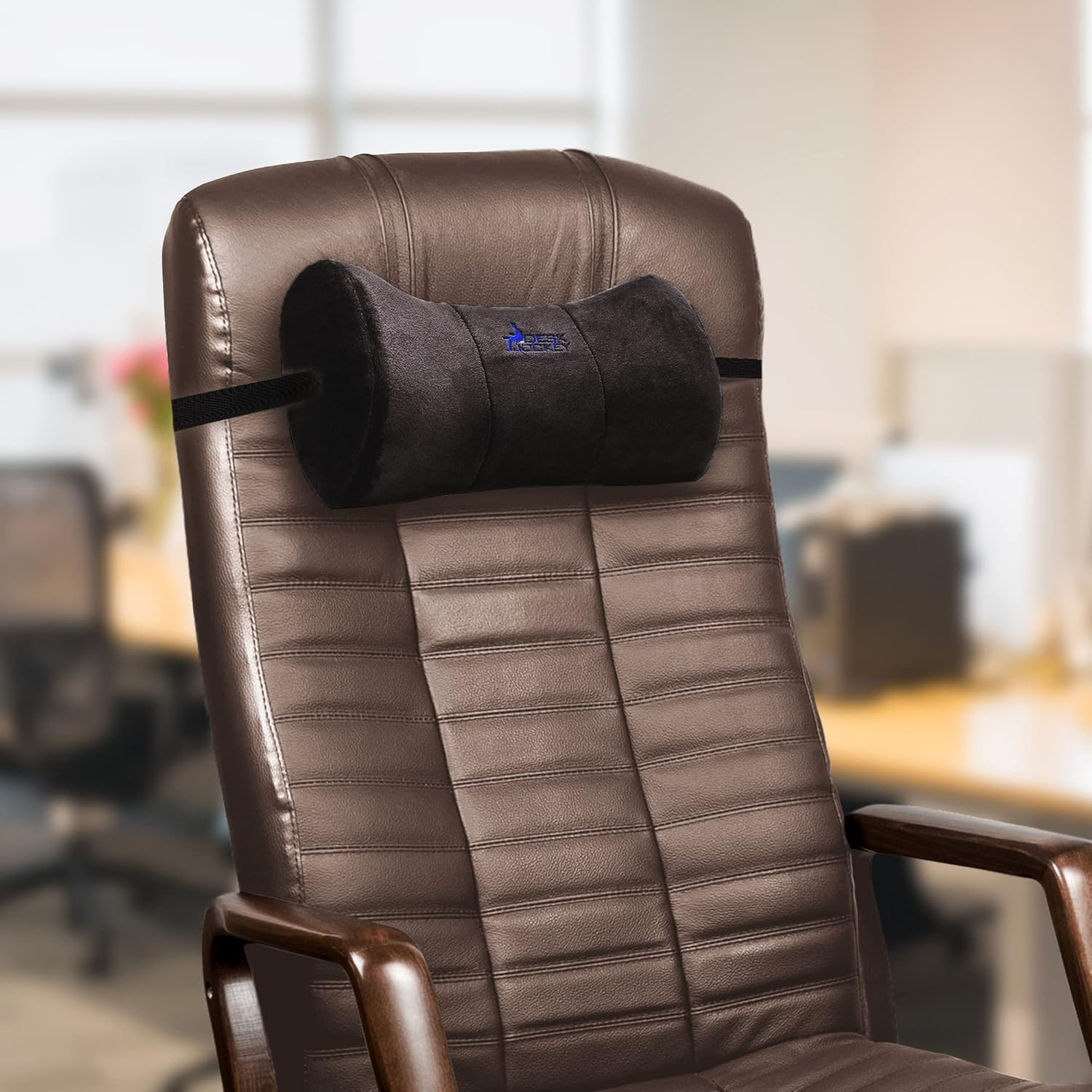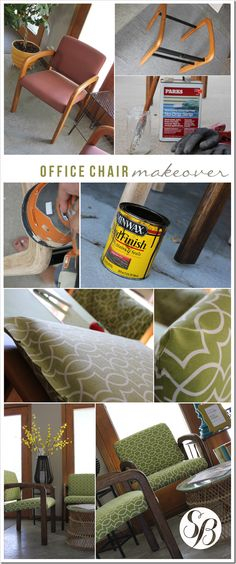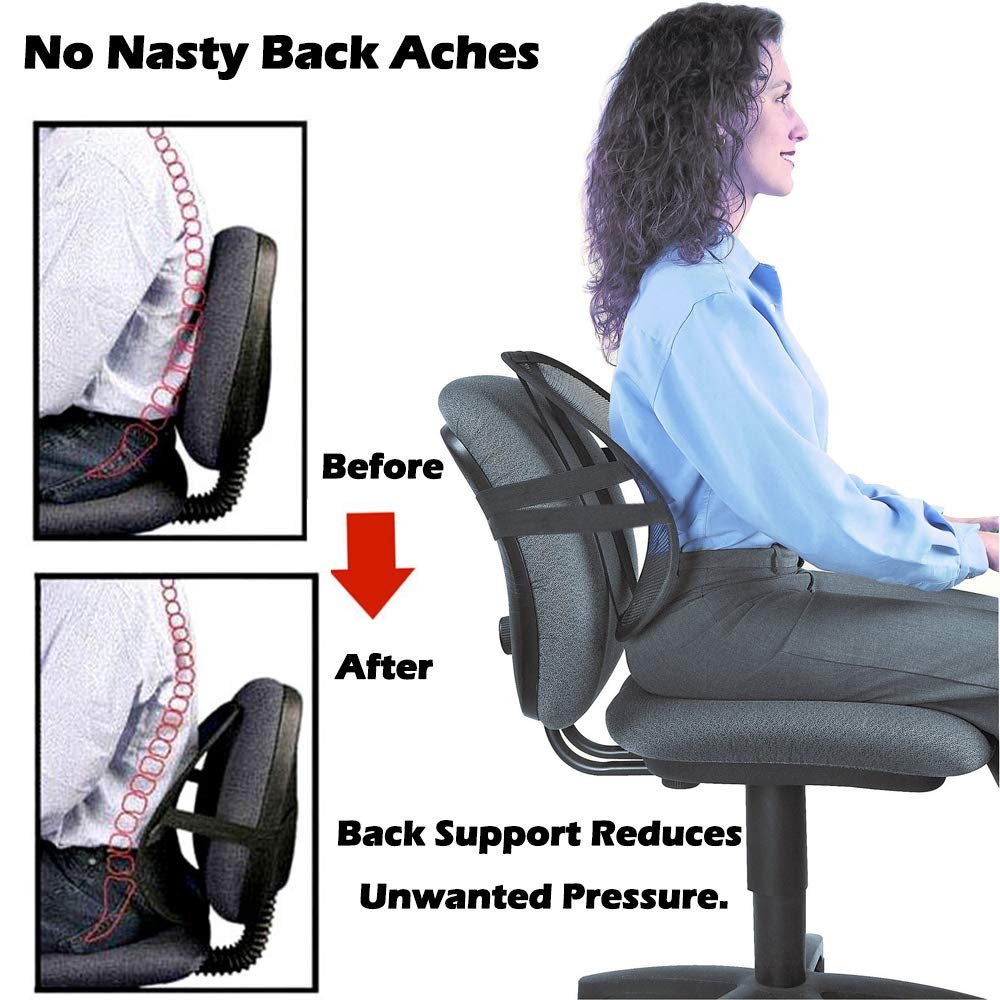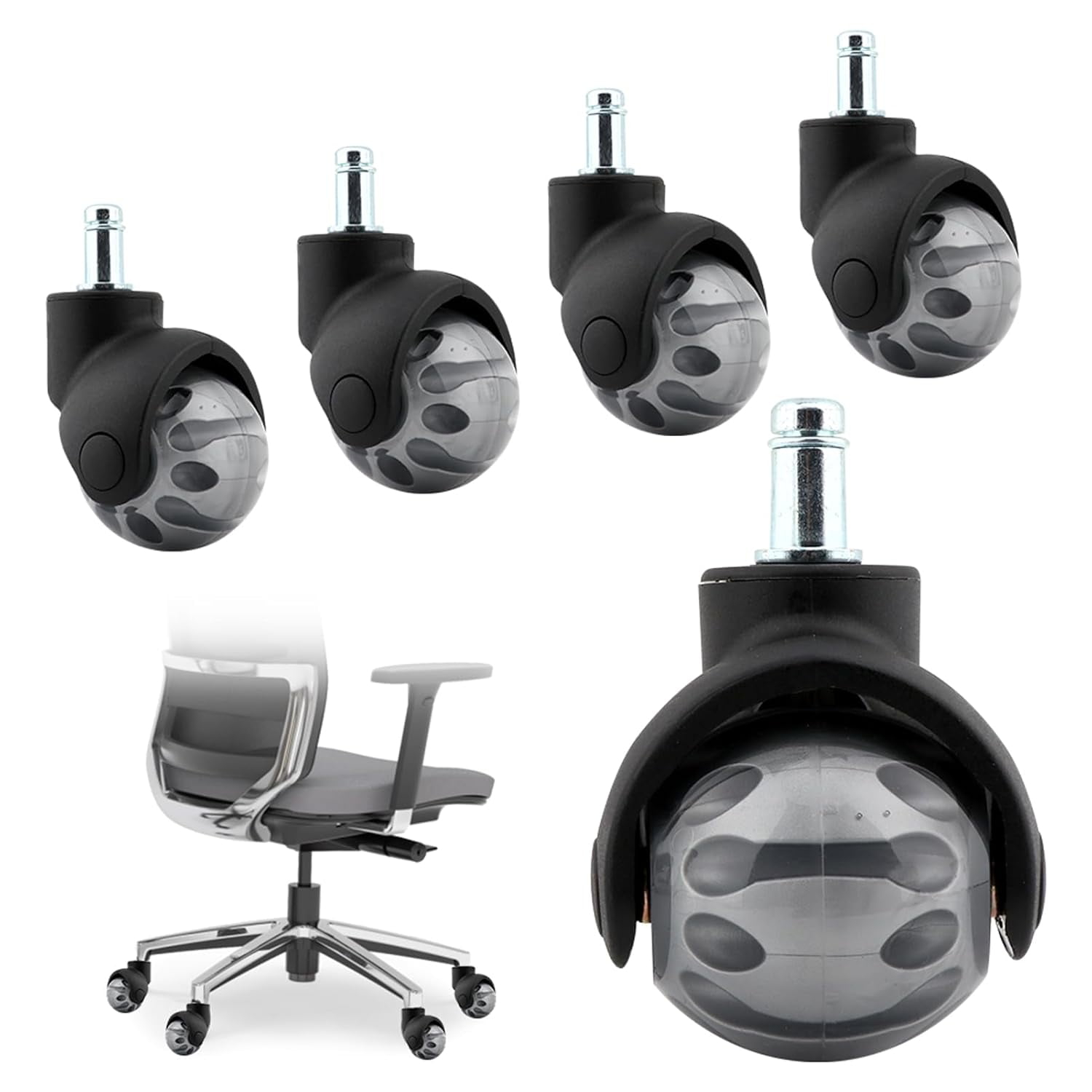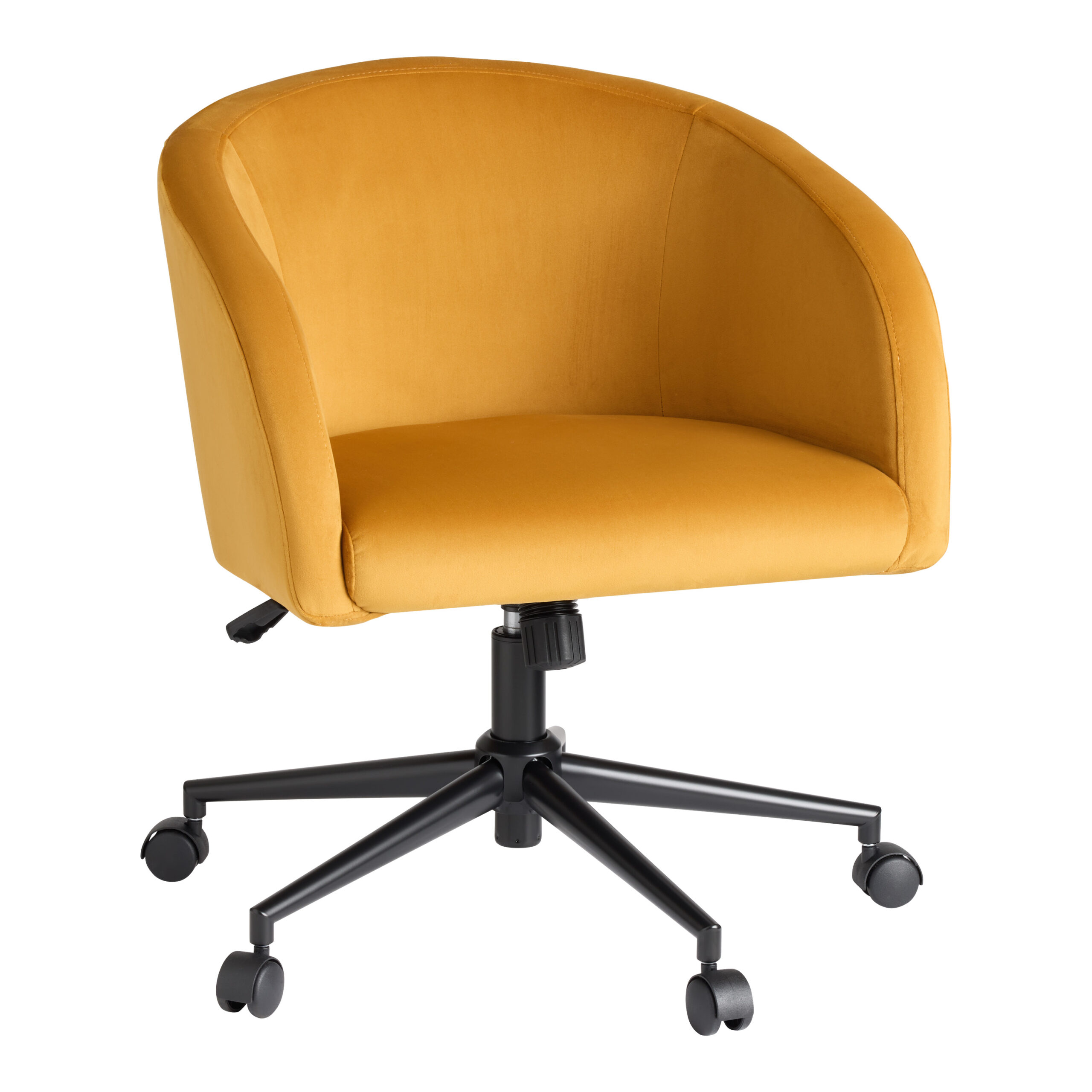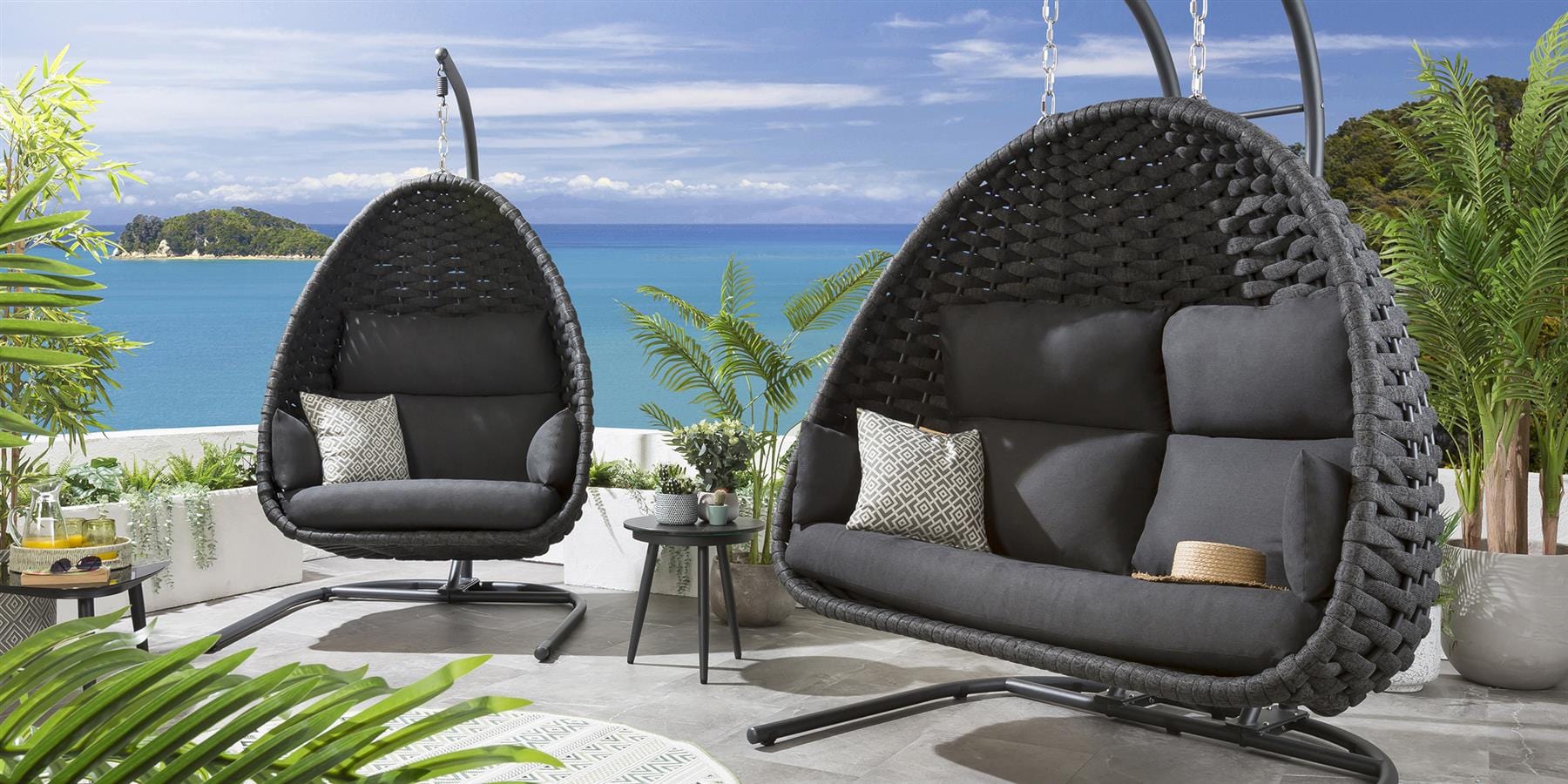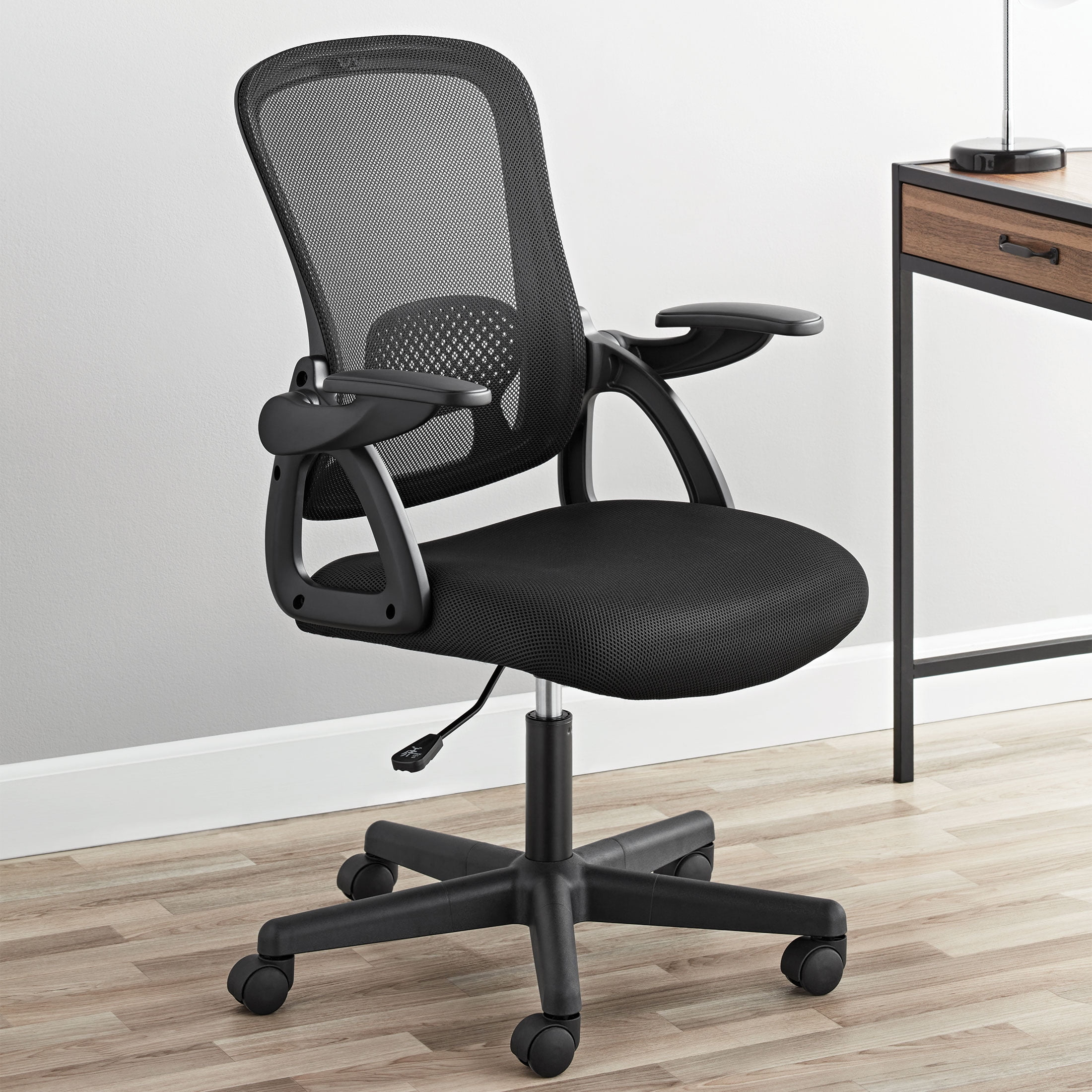We spend a huge chunk of our lives sitting, often in the same office chair, day in and day out. But have you ever stopped to truly consider what that chair, especially its base, might be communicating? It’s more than just a piece of furniture; it’s a silent partner in your daily grind, and when it starts to wobble, it’s often trying to send you a message. Understanding these subtle signals can make a big difference in your comfort and well-being.
That slight, almost imperceptible shimmy when you shift your weight, or the more pronounced wobble when you lean back a bit too enthusiastically – it’s a common experience. Many of us dismiss it as just an aging chair, a sign of wear and tear. But what if that wobble is a symptom of something more? Your office chair base, typically a star-shaped structure with five casters, is the foundation of your sitting experience. When it’s not stable, it can affect everything from your posture to your overall comfort. Let’s dive into what this seemingly minor issue might really mean for you and your workday.
The Foundation of Discomfort: Loose or Damaged Casters
One of the most frequent culprits behind a wobbly chair base is loose or damaged casters. These little wheels are responsible for smooth movement and stability. If one is loose, it might not be properly seated in its socket, creating an uneven surface. Think of it like trying to stand on a table with one leg shorter than the others – instant wobble. Sometimes, a caster can become worn down, or a piece of debris might get lodged in it, preventing it from rolling freely. This can cause the entire base to feel unstable. It’s a simple fix, usually involving re-seating the caster or replacing a damaged one. Don’t underestimate the impact of a single faulty wheel; it can throw off the balance of the entire unit.
The Star’s Strain: Issues with the Base Material
The base itself, often made of durable plastic or sturdy metal, can also develop problems. Over time, especially with heavy use or if the chair has been subjected to undue stress, the material can crack or warp. A hairline fracture in one of the arms of the star base can significantly compromise its structural integrity. This is where the wobble really starts to become a problem, as the support system is literally breaking down. If you notice cracks or bends, especially around the central column where the gas lift is housed, it’s a clear sign that the base is compromised and may need replacing for safety and stability. This kind of damage is less common but more serious.
The Central Connection: Problems with the Gas Lift and Mechanism
The central column, usually housing the gas lift that allows for height adjustment, is a critical component. The connection between the gas lift and the base, and the gas lift and the seat mechanism, needs to be secure for stable sitting. If the connection points become loose, or if the gas lift itself is failing, it can lead to a noticeable wobble. Imagine trying to balance a broomstick on your hand – if the contact point is unsteady, the whole thing is going to sway. A faulty gas lift might also cause the chair to sink unexpectedly, adding another layer of instability. Checking that the gas lift is firmly seated in both the base and the seat mechanism is essential. Sometimes, a simple tightening of a bolt or ensuring the components are correctly aligned can resolve this.
The Unseen Impact: Posture and Physical Strain
So, why does this wobble matter beyond just being annoying? A wobbly chair forces your body to constantly make micro-adjustments to maintain balance. This can lead to muscle tension, particularly in your core and back, as your body works overtime to compensate. Over time, this can contribute to poor posture, back pain, and neck strain. You might find yourself leaning forward more, or hunching over your desk in an attempt to find a more stable position. This constant, subtle effort to stay balanced is exhausting and counterproductive to maintaining good ergonomic alignment. It’s like trying to eat a meal with a table that’s constantly shaking – it’s difficult to focus and can lead to a messy, uncomfortable experience.
When to Seek a Solution: Repair vs. Replace
The good news is that many chair base issues are fixable. For loose casters, a firm push or a bit of lubricant might do the trick. If a caster is broken, replacing it is usually straightforward – they often just pull out and push in. For more significant issues, like cracks in the base material or a failing gas lift, you have a decision to make. Can the part be replaced, or is it time for a new chair? Many office chairs are designed with replaceable parts, which is a more sustainable and economical option. However, if the damage is extensive or affects multiple components, investing in a new, sturdy chair might be the better long-term solution. Always prioritize safety and comfort; a chair that makes you feel unstable isn’t doing its job.
Proactive Care for a Stable Sit
Preventing wobbles starts with a little proactive care. Regularly check your chair’s components. Are the casters clean and free of debris? Are there any visible cracks or looseness in the base or around the gas lift? Periodically tighten any accessible bolts. If you frequently move your chair, be mindful of how you’re doing it – avoid dragging it by the seat, which can stress the base. A little attention can go a long way in ensuring your chair remains a supportive and stable part of your workspace, rather than a source of constant, low-level discomfort and potential strain. Think of it as a quick check-up for your most-used piece of office equipment.
Your office chair base might seem like a minor detail, but its stability is fundamental to your comfort and health while working. That wobble is a signal – a sign that something isn’t quite right. By understanding the common causes, from simple caster issues to more serious structural problems, you can take steps to address them. Whether it’s a quick fix or a decision to invest in a new chair, listening to what your chair’s base is telling you is an important part of creating a supportive and ergonomic workspace. After all, a stable foundation makes for a much more pleasant and productive day.

